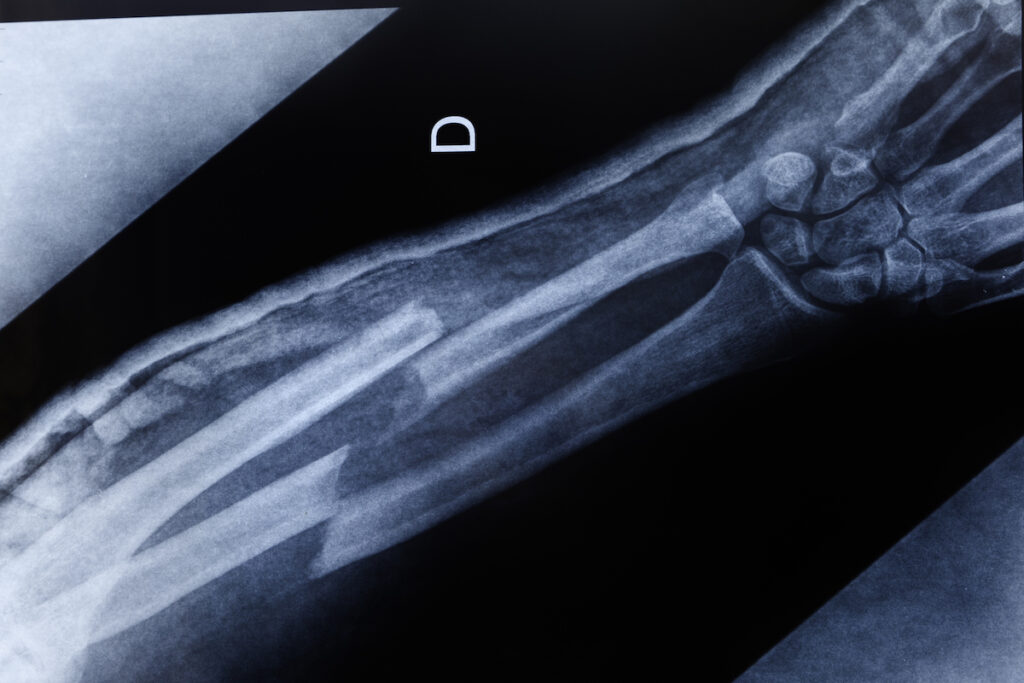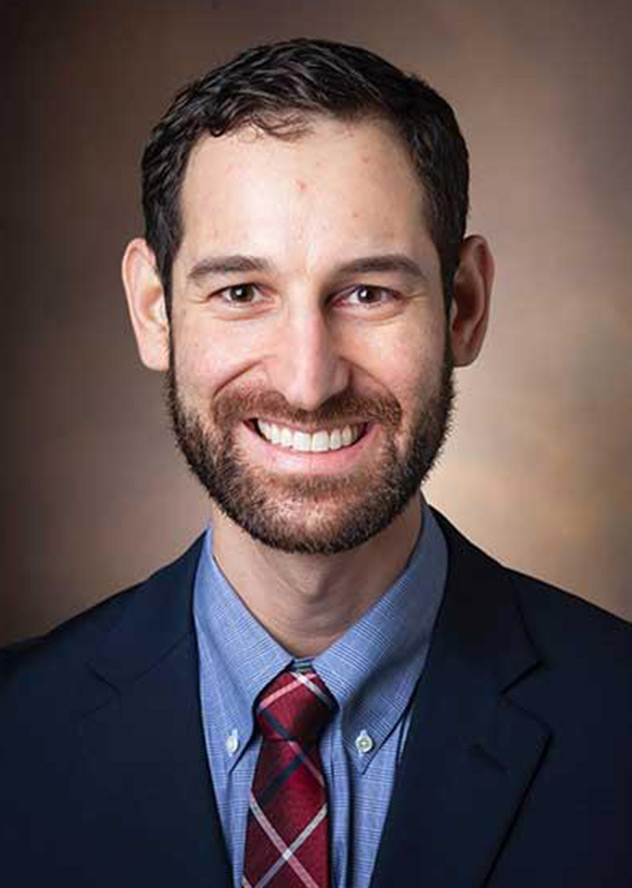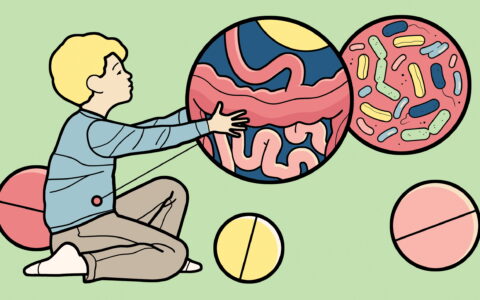When forearm reduction and casting is performed, a blind waiting game ensues.
The surgeon, standing on the far side of the healing continuum, is hoping the alignment is maintained, resulting in a strong limb with normal function. But the journey from surgery to recovery largely occurs out of sight, leading to a guessing game.
At Monroe Carell Jr. Children’s Hospital at Vanderbilt, pediatric orthopaedist Nathaniel Lempert, M.D., leads a team that plans to shrink this gray zone.
Lempert, along with Craig Louer, M.D., Jeffrey Martus, M.D., and Jonathan Schoenecker, M.D., Ph.D., and others, will enroll patients with forearm fractures into a randomized pilot for a wearable device that can track the patient’s activity – even providing information on the nature of that activity, such as a particular sport or other form of exertion.
“First, we believe that patients should restrict their child’s activity after a broken wrist is aligned, but the question remains: By how much?” Lempert said. “Second, with kids being kids, how many times are the restrictions followed? More importantly, does it matter?”
Common Fracture
The prevalence of forearm fractures in children is high. About half of people experience a fracture in childhood or adolescence, and up to 36 percent of these are distal forearm fractures.
Following a closed reduction, rates of re-displacement vary between 21-39 percent, with typical sequelae that includes repeat sedation, additional fracture manipulation and, in many cases, surgery for hardware placement.
Studies have associated conditions of initial displacement, cast index, BMI, and more with loss of reduction after casting, but the activity-level characteristics of these patients have remained an unknown.
Pilot Planned
To address this gap, the pilot study will determine whether a child who is more active in sports or other exercise is more likely to lose alignment.
“Currently, patients are provided with highly variable and inconsistent activity restrictions during the casting period, which depends mostly on which provider they see,” Lempert said. “We have limited knowledge about whether they comply with our instructions and at what point their activity returns to baseline.”
“Currently, patients are provided with inconsistent activity restrictions during the casting period. We have limited knowledge about whether they comply and at what point their activity returns to baseline.”
The researchers will enroll between 50 and 100 patients seen by 11 Monroe Carell providers for a complete fracture of radius/ulna shaft. The patients’ data and case histories will be examined in proof-of-concept studies expected to expand to other fracture patterns and orthopaedic conditions.
Techie Truth-Telling
The team’s primary aim is to assess whether activity influences displacement or loss of reduction in the injured arm. Findings may provide additional insights, such as whether increased activity raises risk of complications and to what extent do family members exert influence on a typical patient’s activity levels and reporting accuracy.
Lempert will use a cutting-edge activity tracker with sensors and software to monitor heart rate and generalized motion of the study participants. The tracker can also make highly accurate inferences about what type of activity the wearer is engaged in.
One such a tracker already in use is the Actigraph wearable, which was designed to meet the needs of researchers studying sleep, arthritis, cancer and more. It is able to detect nuances between exercising on an elliptical versus a rowing machine, for example.
“Numerous previous studies have validated the data obtained from these monitors,” Lempert said. “For this study, we are blinding our participants to some of the features, so they don’t change their behavior because they may be violating doctor’s orders.”
Does Activity Matter?
The study participants will wear their activity monitor on the uninjured wrist, waist or ankle. They will be randomly assigned to one of two groups – one where full activity is permitted or another where they are under clear activity restrictions. Each family will complete an activity questionnaire at various points in the trial: at two to three weeks, between four and six weeks, and at the follow-up visit.
“Survey data allows us to address any inconsistencies between the patient’s and family’s reported activity and the data from the activity monitor,” Lempert said. “If these don’t align well, we will know the issue is not with the monitor but with the family’s cognizance of the child’s activity level.”
Lempert says they intend to correlate the data to provide deeper insight into the patient’s recovery timeline and evaluate potential risk. Ultimately, they will have activity data that is predictive for individual patients.
“The study should reveal the degree to which a child who is running or kicking a soccer ball around or jumping on a trampoline has a higher risk factor of displacement, and how that risk decelerates,” Lempert said. “We hope to provide surgeons with evidence-based information they can use when counseling patients about activity restrictions during cast immobilization.”





